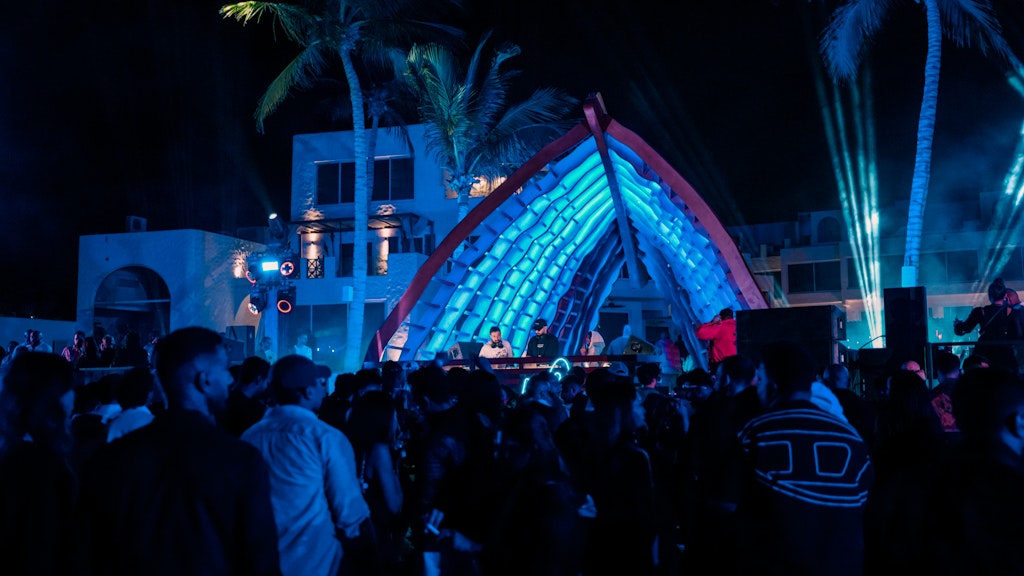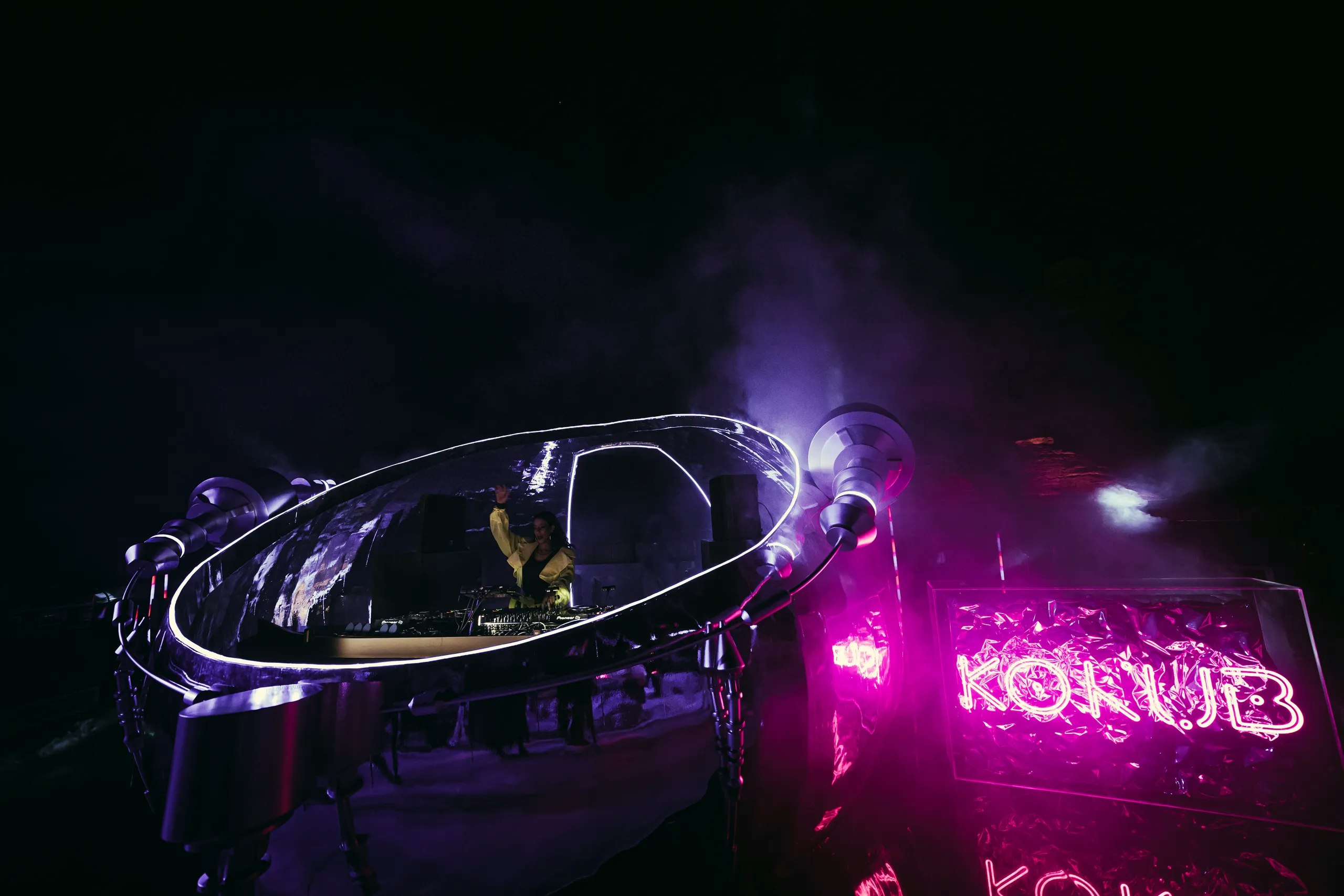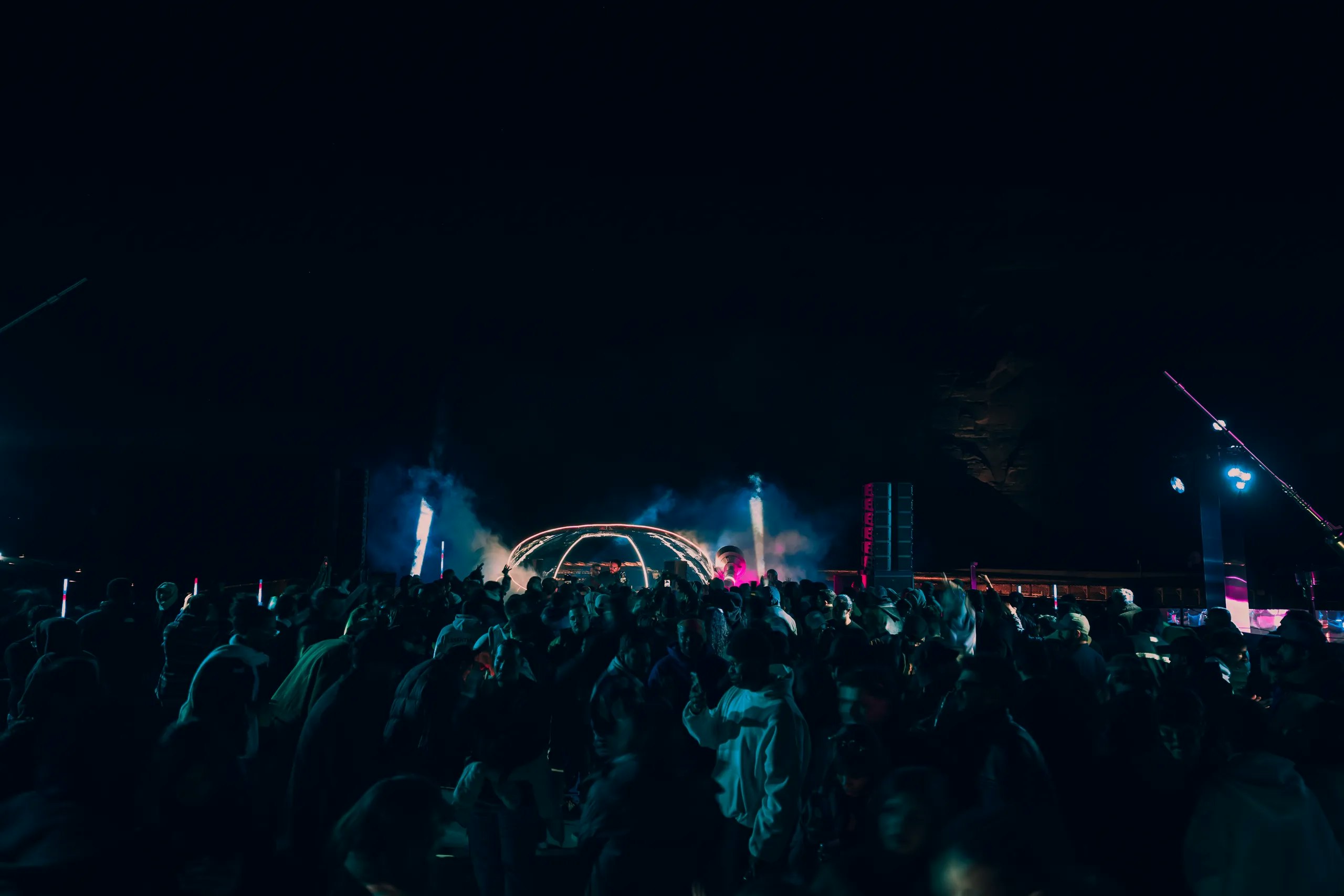

How Jazz Shaped Modern Music Production Techniques | MDLBEAST
By MDLBEAST
September 24 2025
How Jazz Shaped Modern Music Production Techniques | MDLBEAST
By MDLBEAST
September 24 2025
The Influence of Jazz on Modern Music Production
Jazz is an experience. It's what keeps the intimate heartbeat of modern music alive. Born in the twentieth century with an ear toward the early African American community, jazz puts down roots in the atmospheric New Orleans setting and gives rise to another form of rhetoric and socialization with improvisation, varying tempos, and surprising harmonies. It comes from the blues. It comes from ragtime. Yet, it transcends that specific genre classification to champion an overall genre and style of creation.
The music of the twenty-first century, be it rock, be it hip-hop, be it electronic, whatever the genre, still has its jazz elements, as it all derives from that foundation; furthermore, many contemporary producers and artists take to the cutting-edge after experiencing the improvisation, virtuosity, and sound of jazz through experimental endeavors. This article explores how elements of jazz contributed to the foundations of contemporary production.
The Roots of Jazz and Its Evolution
Jazz was born from a fusion of African musical traditions, European harmonies, and American blues. Its hallmark traits, syncopation, call-and-response patterns, and polyrhythms, set it apart from other genres, making it one of the most influential forms of music in history.
Over the decades, jazz evolved into subgenres such as:
Bebop: Fast tempos and intricate improvisation.
Cool Jazz: Softer tones and laid-back rhythms.
Hard Bop: Incorporating blues and gospel influences.
Fusion: Merging jazz with rock, funk, and electronic elements.
This continuous reinvention has made jazz a rich source of inspiration for modern producers who seek to push musical boundaries.
Jazz’s Impact on Contemporary Music Genres
Rock and Roll: Improvisation and Expression
Jazz largely influenced the development of rock and roll because of the easy, improvised feel of the genre. Many early rock and roll creators and performers also had this easy feel. For instance, Jimi Hendrix would have extended guitar solos, and bands involved in the progressive rock atmosphere would use complex chord changes.
Hip-Hop and Rap: Sampling and Rhythmic Complexity
Hip hop owes its uniqueness to the nuances of rhythm and the layering of chords associated with jazz. Hip hop producers commonly sample from popular jazz records, incorporating not only the genre's timbre and instrumentation into the sampled beat but also the genre itself. Therefore, for example, J Dilla, Madlib, and Kendrick Lamar made hip hop sound fuller in contemporary rap.
Electronic Music: Innovation and Sound Design
This genre of electronic music makers often try to sample from jazz, particularly with improvisation and sound creation. The founders of the genre have mixed with electronic sounds, like Herbie Hancock and Miles Davis who, in their day, mixed with sounds from synths and electric instruments, providing a baseline for what could be created sound-wise. Therefore, many house, techno, and lo-fi producers sample with jazz chords and progressions.
Innovations in Music Production Stemming from Jazz
Improvisation in Recording and Composition
Jazz transformed how music is recorded because of a more organic approach. Whereas classical or pop compositions lean more towards absolute expectations, jazz compositions are basically extended bars of improvisation with the necessary in-the-moment decisions made by the overseeing producer. Thus, this approach belongs to contemporary recording studios that anticipate this kind of organic sound, where grafting and cutting become less acceptable.
Advanced Rhythmic Structures and Polyrhythms
Jazz innovations in rhythm influence contemporary beats and rhythmic patterns. For instance, polyrhythms, two different rhythms played at the same time, are prevalent throughout songs in today's electronic, hip-hop, and pop genres. In addition, many contemporary artists utilize a syncopated, off-beat approach to establish their sound and engage audiences, much like the greats of jazz sought to do with their fans.
Expanding Harmonic Possibilities
Also, with the harmonic grain, as for jazz, employed extended chords and modulation. Today's producers employ these jazz-influenced chord progressions to formulate the emotional sound palette they want for their listeners. Consider the neo soul, chord-heavy quality of alternative R&B and the sophisticated intricacies of progressive rock.
Jazz’s Cultural Influence on Modern Music
But beyond the auditory experience and its creation, jazz has cultural significance. The significance of jazz, based on freedom, community, and humanity, has inspired innumerable people to go above and beyond the limits of what is sonically possible. In addition, because jazz has historically been associated with social change, it is a liberating, victorious art form.
Jazz festivals, such as the ones highlighted in MDLBEAST’s coverage of global music events, continue to celebrate its legacy, bridging the gap between traditional jazz and contemporary music trends. This connection ensures that jazz remains a relevant and evolving force in today’s music industry.
The Enduring Legacy of Jazz in Music Production
Of course, jazz influences modern-day production. From improvisation and its rhythmic association to the known harmonic structure, producers take advantage of such learned sounds across genres, rock, hip-hop, and EDM. Jazz exists in all modern-day production styles, and remembrance of jazz makes sounds more inventive and their often required static adjustments questioned. Therefore, with music for many years to come, one can only wish that jazz remains a constant stylistic presence, the learned sound of creativity and precision at the heart of any modern-day production. For more on cross-sectional genres and the way they inspire each other, see MDLBEAST.
Share this


